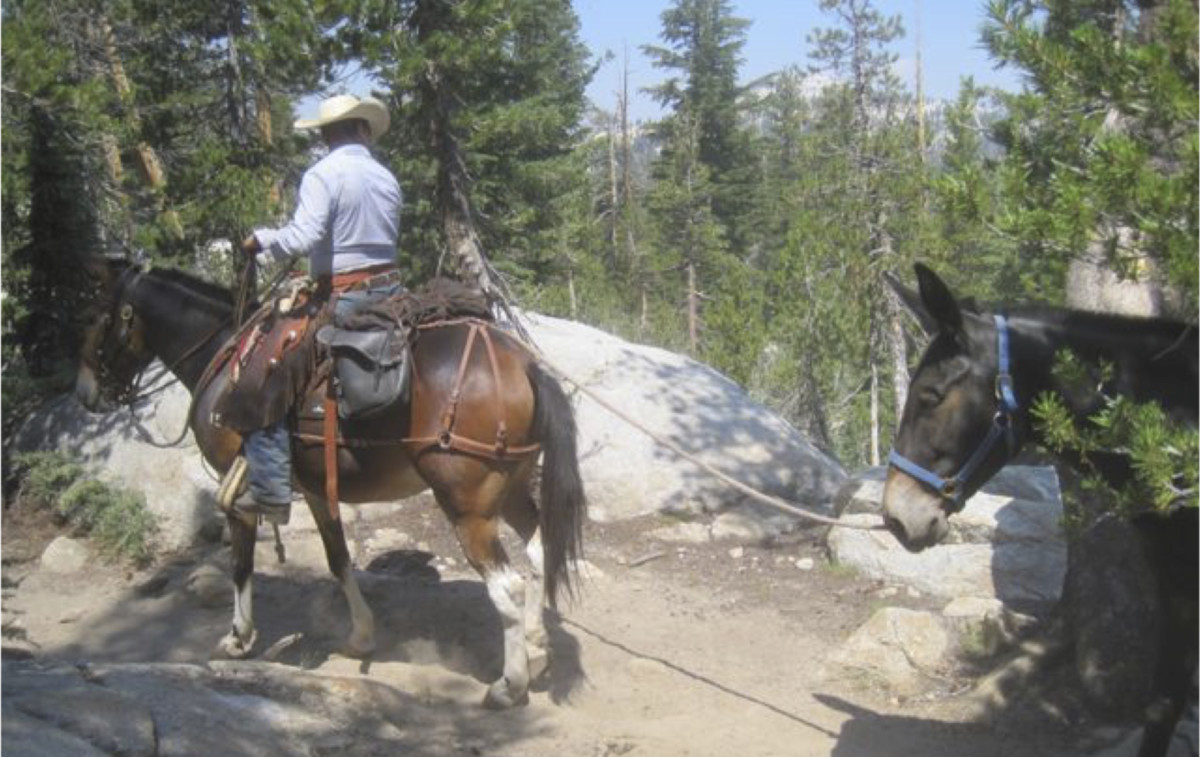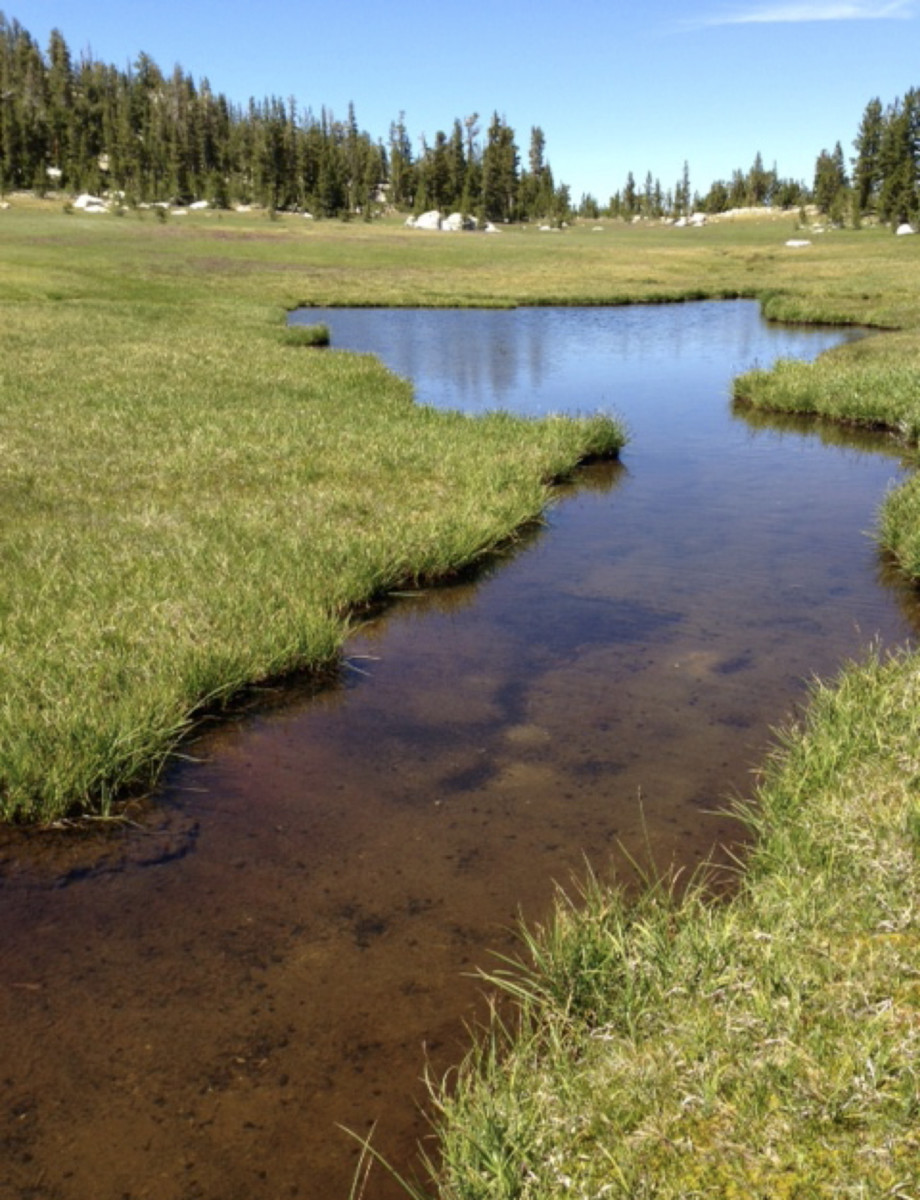The Wilderness Act explicitly restricts commercial enterprises in Wilderness areas, requires wild areas to be managed in a pristine condition, mandates opportunities for solitude, and aims to preserve a wild area’s natural conditions.
In contrast to that clear legal direction, historic and current management of Wilderness in Yosemite allows many commercial enterprises along with a high level of overnight visitor use that often creates crowding and frequent contact with other visitors. With so much human use, some Wilderness areas suffer resource impacts from pack stock and heavy trail traffic. Sensitive wildlife may also be disturbed.
John Muir certainly never envisioned 63,000 overnight visitors permitted in Yosemite’s Wilderness last year, totaling 190,000 overnight visits. He probably could not have imagined the high number of additional day-use visitors who stream out from Tuolumne Meadows or other high-use areas into Wilderness lands.
The Yosemite Wilderness Stewardship Plan will end up setting management direction for Park Wilderness areas for decades into the future. As we’ve met with Park planners during the early phases of the Plan, CSERC staff has provided a strong voice for protecting resources and complying with the Wilderness Act. Pack stock advocates, Park Service staff, and casual recreational enthusiasts all attended a recent wilderness science workshop in the Park. CSERC was the only conservation advocacy group to participate.


There are many diverse interests who see Yosemite’s Wilderness based upon their own personal experiences. The challenge is to be as selfless as possible and aim to preserve the Park’s wild areas in such a healthy condition that future generations can enjoy them without missing any puzzle pieces or harming resources. That may mean that less overall use to keep Wilderness areas truly wild and pristine.

